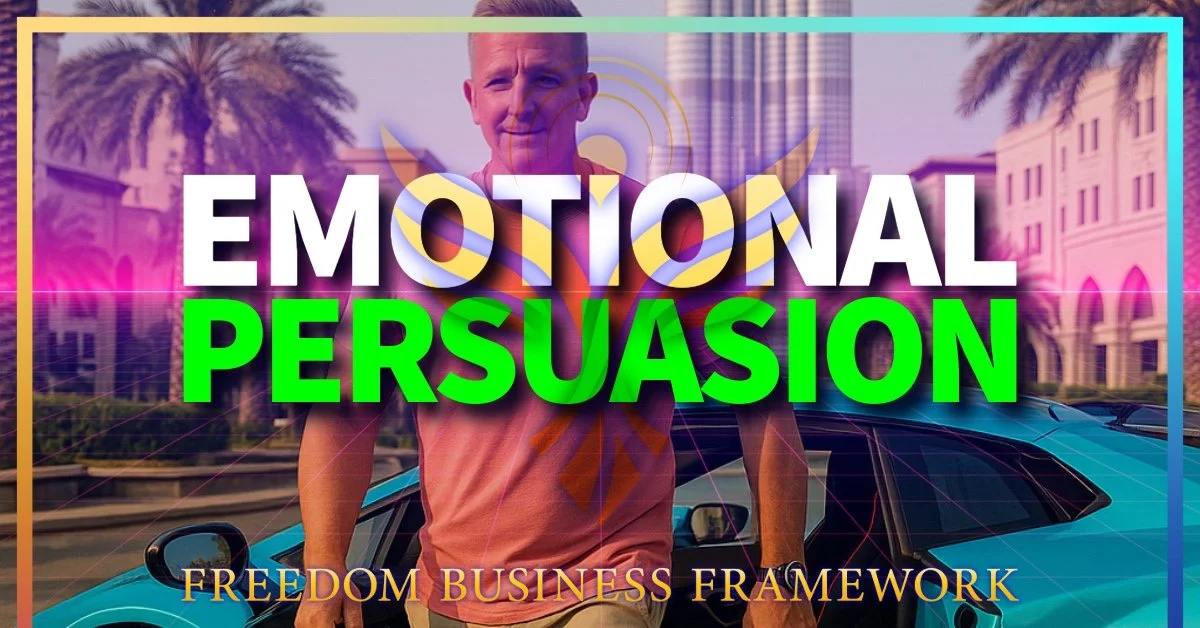Emotional Persuasion
You’ve got the data and the facts – great. But if you really want to persuade, you need to touch hearts as well as minds. As the saying goes, *“Data tells, stories sell.”* Humans are wired to respond to stories and experiences, not just abstract numbers. You might have the most compelling spreadsheet in the world, but if you can’t translate those figures into a narrative that matters to your audience, you’ll struggle to win them over. The best persuaders know how to take data and wrap it in meaning. In fact, research has found that people remember information told in story form far more than plain facts – up to 22 times more memorable! That’s a staggering difference. It means if you present your proposal or argument with a relatable example or storyline, it’s much likelier to stick.
Data Tells, Stories Sell. Imagine you’re pitching a new product to executives. You could rattle off statistics: market size, growth rates, ROI projections. Those are important – they *tell* the factual picture. But what will make your case truly convincing is adding the *story* element: perhaps you start with a real customer’s problem and how this product would change their life, or paint a vivid scenario of the company’s future if this product succeeds (“Picture this: a year from now, our solution has saved thousands of hours for clients, and one of them says they can’t imagine how they worked before it…”). That narrative engages emotions and imagination. It turns dry numbers into something people can visualize and care about. Neuroscience backs this up – when we hear a story, it activates parts of our brain involved in emotion and memory, making the message far stickier than a list of facts. So by all means, *bring* the data – credibility is key – but **deliver** it in a way that resonates. Use analogies, personal anecdotes, case studies, or testimonials to give your data a human voice.
Turn Spreadsheets into Narratives. In many fields, you’ll find yourself presenting information – reports, analyses, plans – to persuade others (be it clients, managers, or colleagues) to take action. If you present a wall of numbers or a bullet list of technical jargon, eyes may glaze over. The persuasive power lies in interpretation and context. To convert a spreadsheet into a compelling narrative, start by asking: *What’s the story behind these numbers?* Maybe the data shows a trend – instead of just noting “sales rose 5%,” explain *why* they rose and what that means (“sales rose 5%, which is like adding the revenue of an entire small store in one quarter – a sign our new strategy is working”). Highlight contrasts (“last year versus this year”) as a storyline of change or improvement. Incorporate visuals or metaphors: a pie chart isn’t just slices – it could represent how each team contributed to a win, setting the stage for a shoutout to their efforts. By narrating the numbers, you guide your audience to see the significance behind them. You also appeal to both logic and emotion: logic in the data’s accuracy, emotion in the way you frame its impact or potential.
Remember, persuasion isn’t about trickery or manipulating people – it’s about communicating your message in a way that *inspires* and motivates. Whether you’re writing an email, delivering a presentation, or just pitching an idea in a meeting, think about the story you’re telling. Who is the “hero” (customer, team, project)? What’s at stake? What solution (your idea) will save the day? Answering these questions helps craft a narrative arc that can move people to your side. Combine that narrative with solid evidence, and you become a powerhouse of influence.

